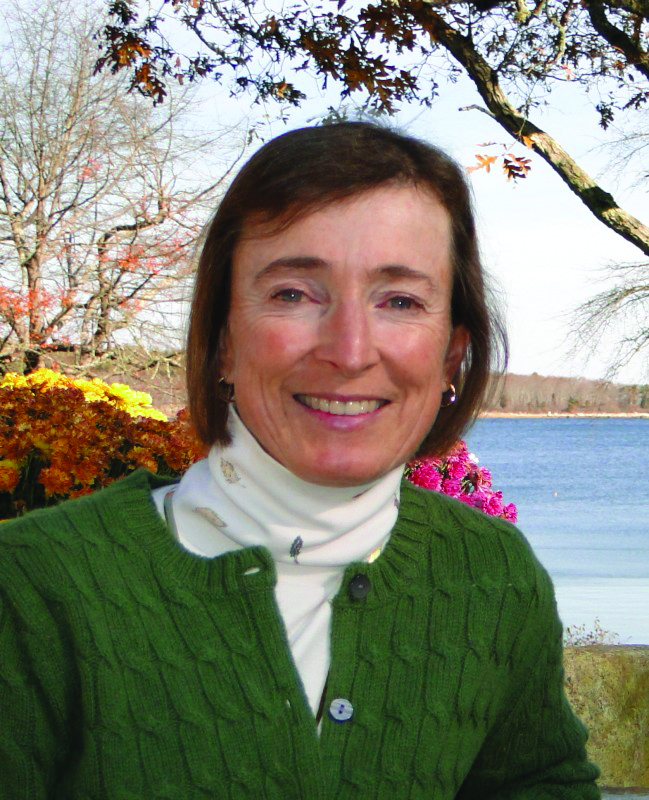Universal Studios showed the world what it would be like to be stuck in a massive tornado almost 20 years ago in Twister. Then, in 2004 Manhattan was consumed by waves and snow in The Day After Tomorrow. Just this year another disaster movie, San Andreas, brought catastrophe to the big screen yet again. The scary part is the reality that these movies are based on. Climate events around the world are growing and changing the way the earth operates.
The Dean’s Lecture Series gave Jennifer Francis the stage for her presentation, “Crazy Weather and the Arctic Meltdown: Are They Connected?” this past Wednesday. Francis came to speak from Rutgers University, where she has devoted her time to the Department of Marine and Coastal Sciences after spending five years sailing around the world.
Francis presented a graph from the company Munich Re, which showed that hydrological and climatological events based off weather and flooding have seriously increased over the past three decades. From her extensive research, Francis believes that the answer to the title of her lecture is “yes.”
Francis explains that part of this evidence rests in the extreme fluctuation of carbon dioxide in the atmosphere. In past centuries, the rise of CO2 was directly proportional to the rise of the climate temperature. However, with the extremely high amount of CO2 added to the atmosphere, the weather struggles to reach those high temperatures so quickly. The last time CO2 was this high, the temperatures of the earth were much hotter, as the atmosphere was warmed by volcanic heat emissions and waves were over 10 feet higher than they are today.
Another problem Francis brings up is how green house gasses act like a blanket keeping the warm air trapped in the lower atmosphere. Every month for the last 30 years has been recorded as the hottest month for 336 consecutive months. The heated atmosphere has caused water vapor to build up, leading to more weather and heavy precipitation events, and magnified GHG effects.
Francis stunned her audience by showing how much the arctic has been affected by this change. Although temperatures are rising everywhere, the arctic is where temperatures have increased the most. In the past 30 years the land mass of the arctic has decreased by half, but 75% in volume — the ice has gotten thinner and thinner, and large amounts of old thick ice has disappeared leaving only fresh thin layers. The arctic took its worst hit in 2012, but has increased slightly in the last year due solely to changing weather.
Francis also discussed the change of the jet stream and what that means for weather patterns. Because of this increased temperature, the jet stream is increasing in wavelength and slowing in speed. These changes result in larger weather events that last longer due a slow moving stream West to East. As the curves of the jet stream come down, we see more dry weather events like the drought in California, while the rising curves result in wet events like tropical storm Sandy.
Despite the evidence, there are still many skeptics who believe climate change is a hoax, or choose to ignore it all together. Such skepticism lies in the lack of data we have about the past. Most known data is based off simulations and inferences about the past, because people have not been recording it for long enough.
Often people will hear “global warming” and assume it only means warming temperatures. The warming refers to the warming of the atmosphere, which has spiked a series of extreme weather events from blizzards and floods to droughts and hurricanes. The only option is to continue to study blocking patterns, and continue to educate others about the importance of conserving energy and preserving the Earth.
